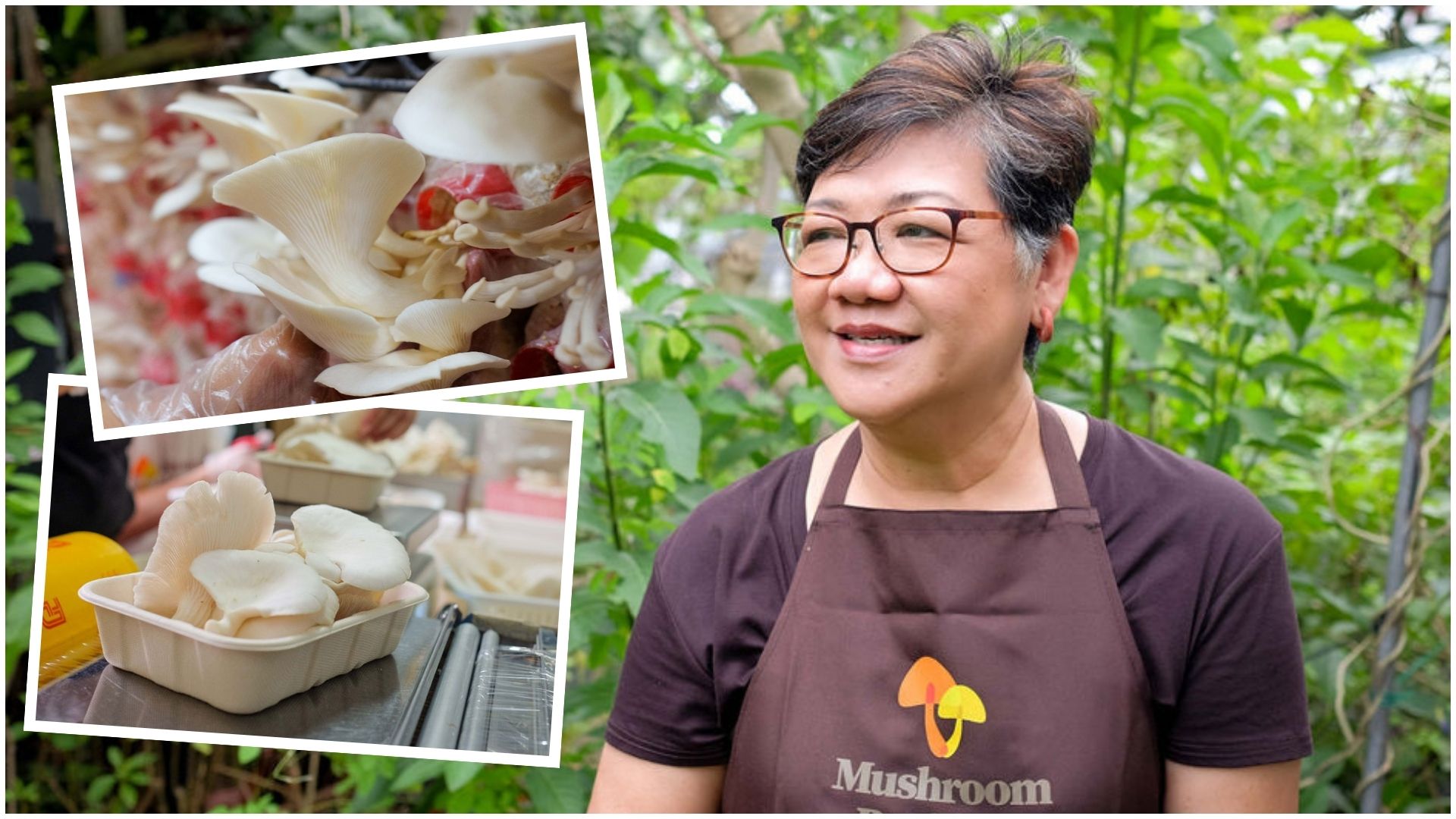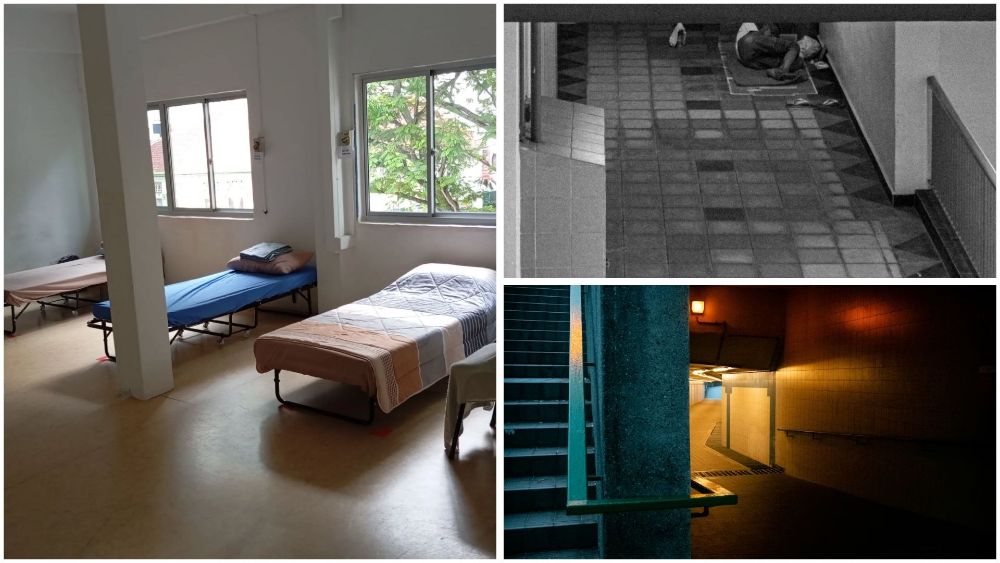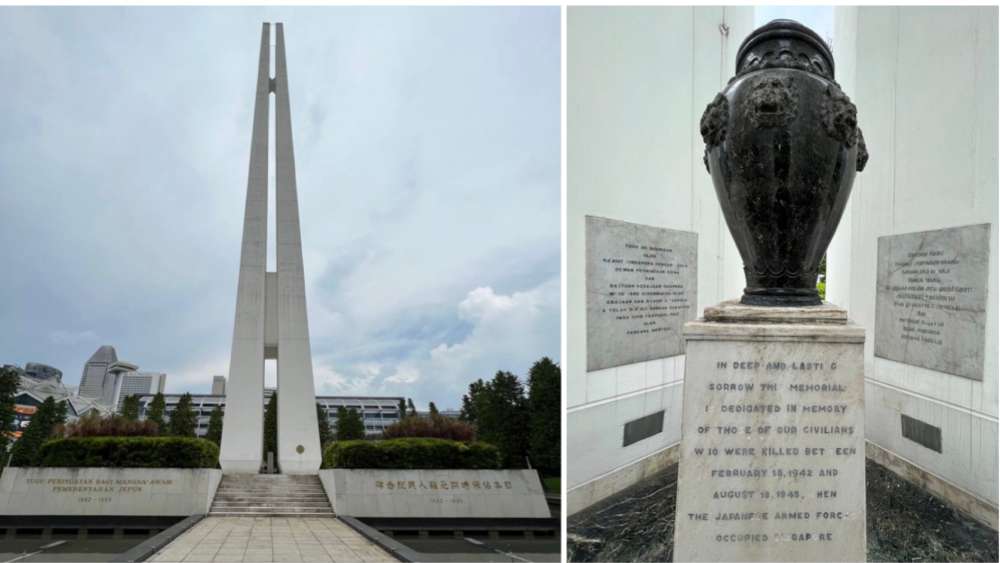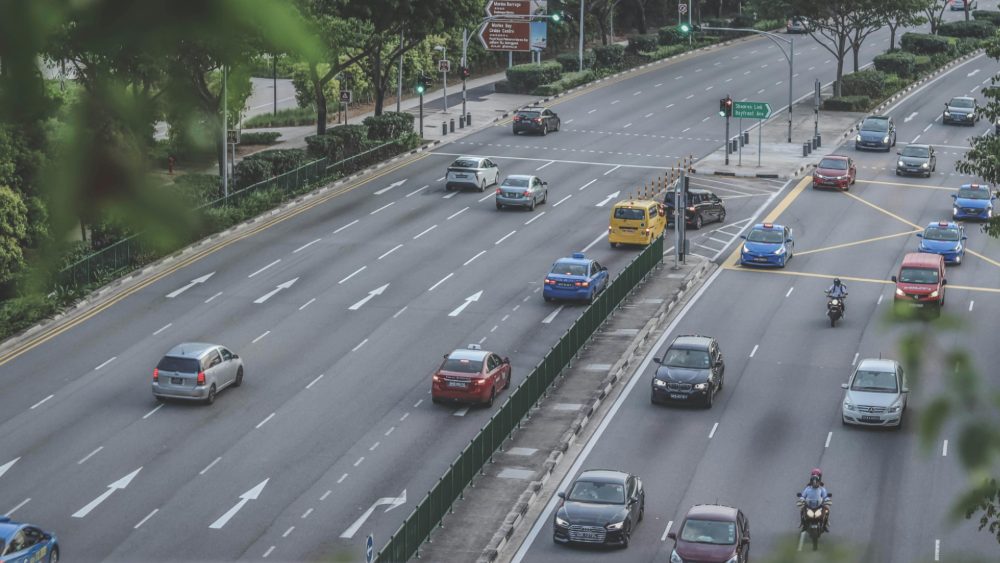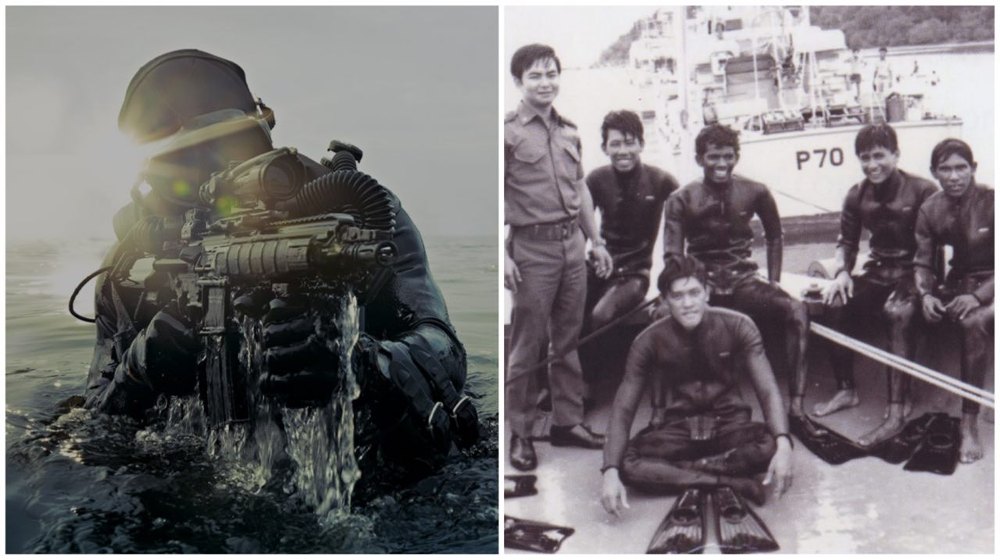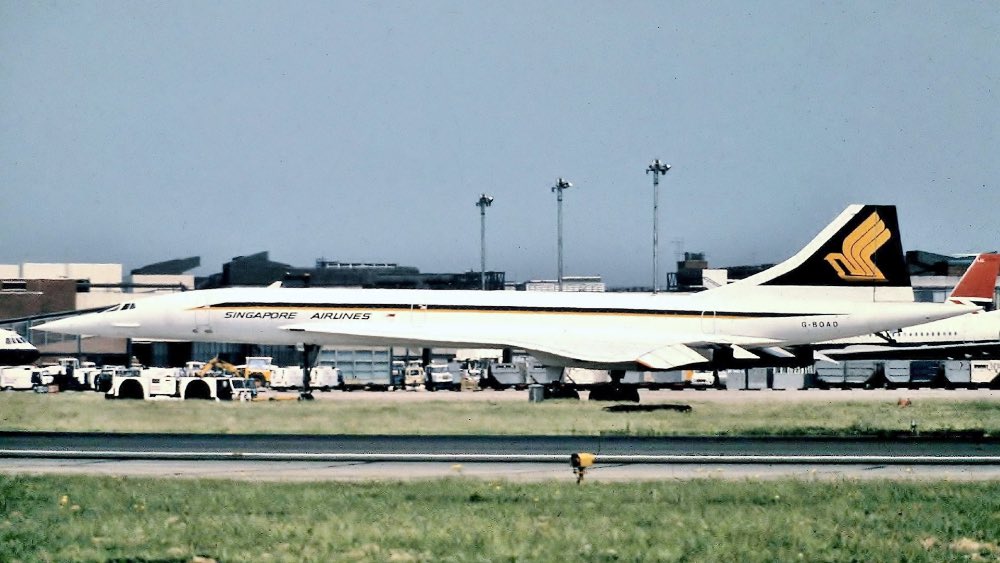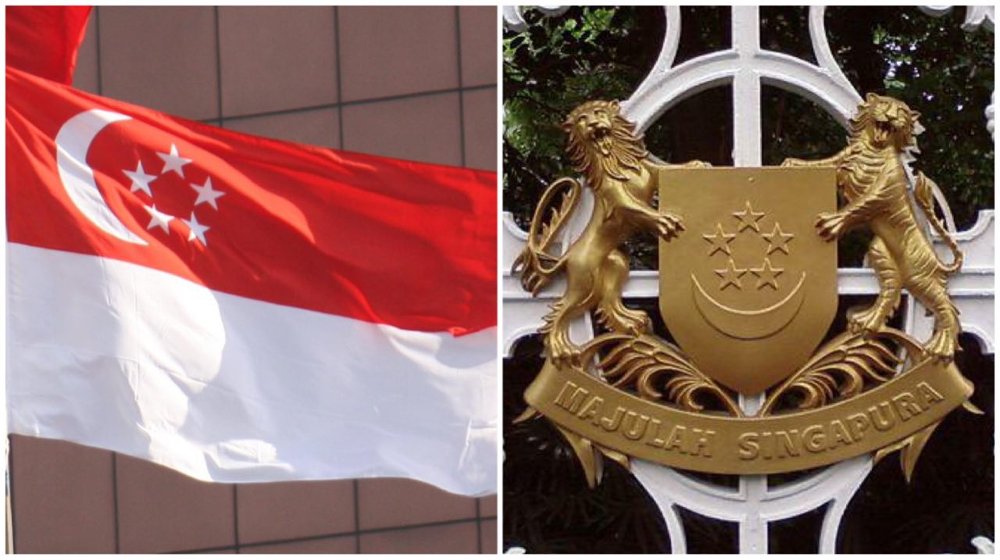On This Day In 1990, Singapore’s First COE Bidding Kicked Off
If you’ve ever tried explaining the Certificate of Entitlement (COE) to your overseas friends, you’ll know it’s one of those uniquely Singaporean things that raises a lot of eyebrows.
"Wait, you have to bid just for the right to own a car?"
Yep, and it all started 35 years ago today (2 Apr 1990), when the first-ever COE bidding exercise took place. Designed to control the number of vehicles on our roads, the COE system has since become a hot topic - whether you love it, hate it, or just accept it as part of life in Singapore.
Why was COE introduced?
Back in the 1970s and 80s, Singaporean car ownership was on the rise. While that was great for convenience, it was bad news for road congestion.
Before COE, the government tried various ways to control traffic, like introducing the Area Licensing Scheme, a pre-ERP system where cars had to pay to enter certain areas. Owning a car wasn’t cheap due to higher vehicle taxes, but people were still buying them.
By 1990, Singapore’s car population was growing at a staggering 12% per year. If left unchecked, the roads would have been jam-packed, making traffic a nightmare. The government needed a more effective solution. Enter the Vehicle Quota System (VQS), with COE as its key feature.
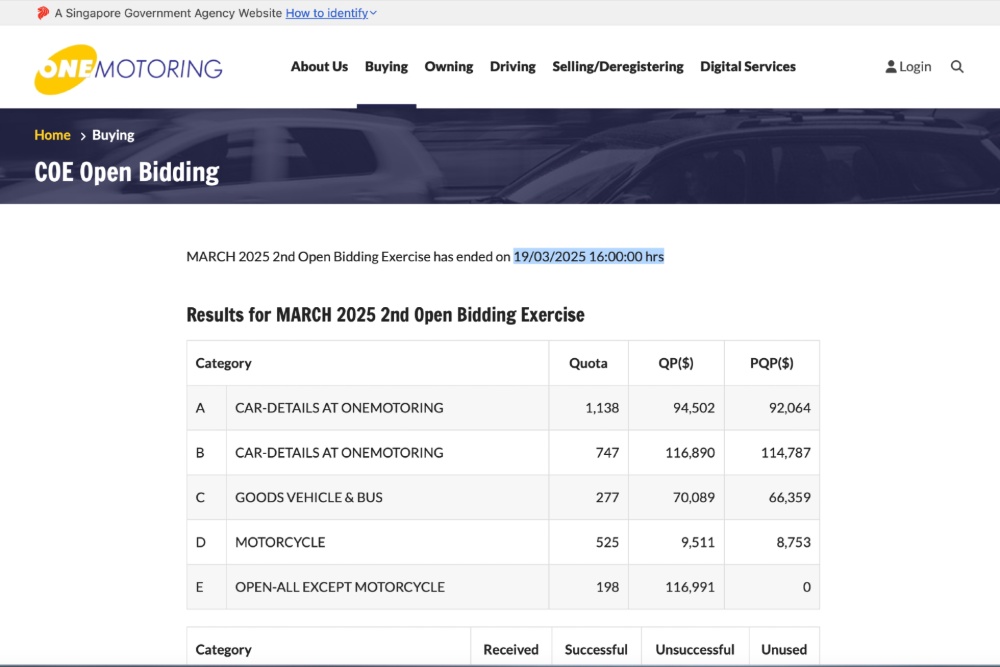 Screenshot of the recent COE bidding exercise that ended on 19 Mar 2025. | IMAGE: LTA ONEMOTORING
Screenshot of the recent COE bidding exercise that ended on 19 Mar 2025. | IMAGE: LTA ONEMOTORING
How COE works
COE is essentially a licence that allows you to own and use a vehicle in Singapore for 10 years. But unlike other licences, you can’t just apply for it, you have to bid for it.
Since 2 Apr 1990, Singaporeans have been battling it out in COE auctions every month.
Here’s how it works:
- COEs are divided into different categories, including passenger cars, motorcycles, commercial vehicles, and an open category.
- The government determines the quota of COEs available based on factors like the number of deregistered vehicles.
- Potential car buyers and dealers bid for a COE. The lowest successful bid price becomes the Quota Premium, which all winning bidders must pay.
In the early days, COE was done through a closed bidding system, meaning bidders had no idea how much others were offering. This led to wild price fluctuations, making it stressful for car buyers. Thankfully, in 2002, an open bidding system was introduced, allowing bidders to monitor prices in real time.
Btw, public buses, school buses and emergency vehicles are exempted from the COE scheme.
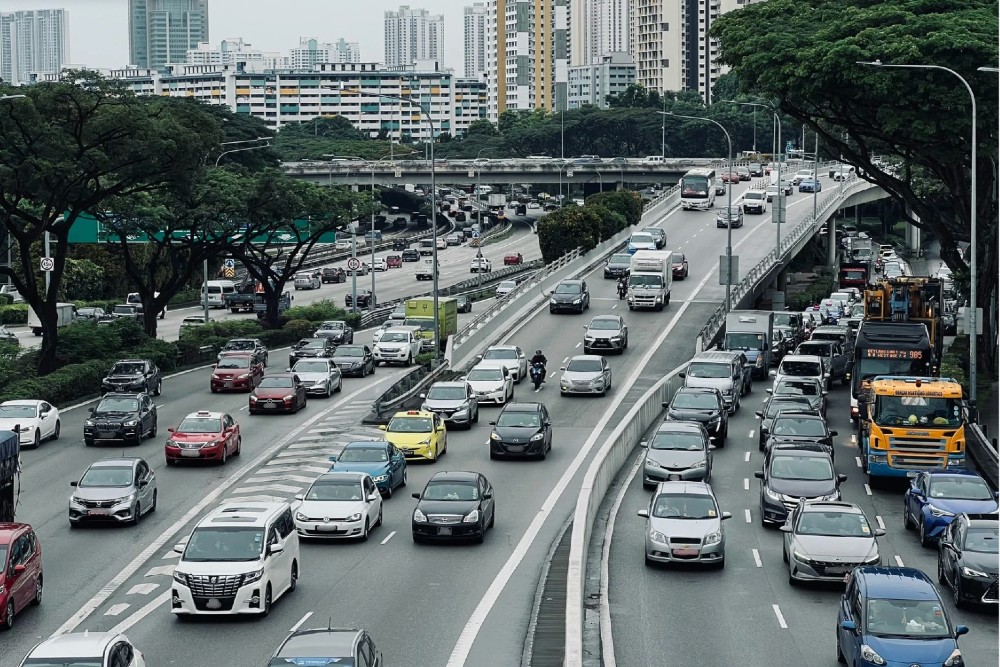 After 10 years, car owners have to decide if they want to renew the COE or scrap the car. | IMAGE: PEXELS/@s5a0043
After 10 years, car owners have to decide if they want to renew the COE or scrap the car. | IMAGE: PEXELS/@s5a0043
The 10-year dilemma
COE isn’t just a one-time purchase, it comes with an expiry date.
Once your COE reaches 10 years, you have to decide whether you want to renew it by paying the Prevailing Quota Premium (PQP) (which is based on the average COE price over the last three months) or deregister your car, meaning it must be scrapped or exported.
If you choose the 5-year renewal option, there’s no turning back. Your car must be scrapped after that. But choose to renew for 10 years, you can keep your ride going indefinitely (for the right price).
Because of Singapore’s strict car ownership rules, many vehicles get exported after their COE expires. In fact, Singapore has become one of the largest exporters of used cars in the world, right after Japan. Our well-maintained, low-mileage vehicles end up in countries like New Zealand, Kenya, and Jamaica, where they get a second lease on life.
For the latest updates on Wonderwall.sg, be sure to follow us on TikTok, Telegram, Instagram, and Facebook. If you have a story idea for us, email us at [email protected].
